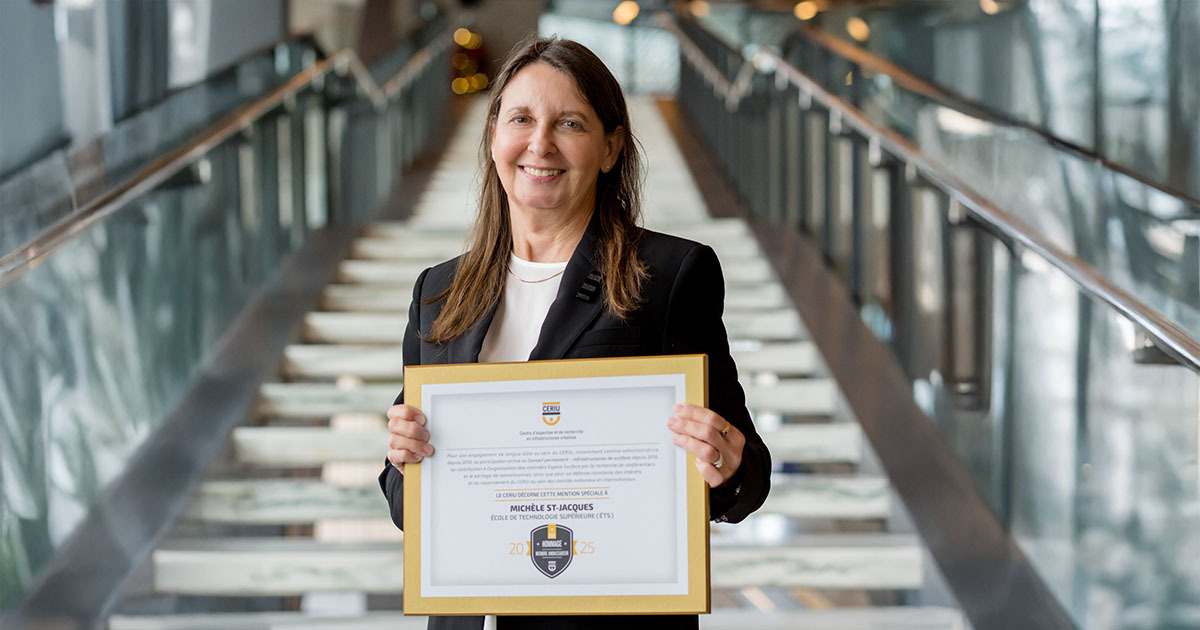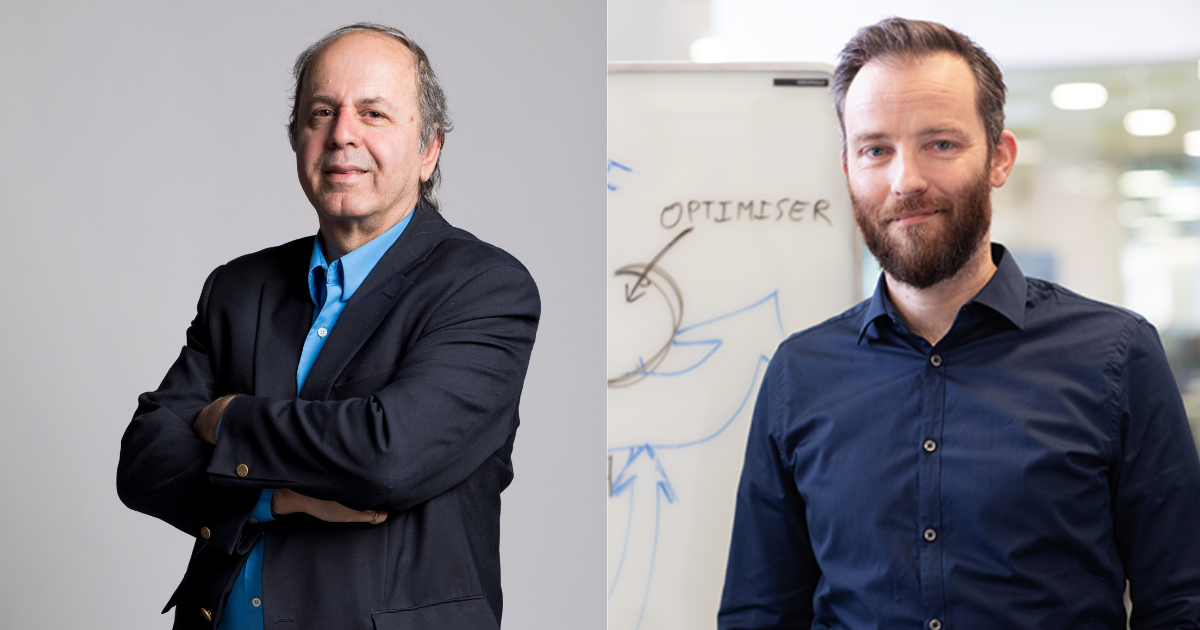
ÉTS Professor François Blanchard and his research team have developed a new method that brings them one step closer to an ambitious goal: measuring the energy emitted by a single photon in the terahertz frequency range. Ultimately, the research team aims to create a new laser-integrated device to detect the photons. At present, such devices only exist in the visible and infrared light bands.
This new terahertz “quantum” laser would pave the way for several applications, such as encrypted communications, correlated imaging or ultra-precise spectroscopy.
To date, researchers around the world have set up various optical systems capable of indirectly measuring terahertz photons under specific conditions. However, these systems require complicated output filtering to isolate the photons of interest, or a complex cryogenic cooling system. The ÉTS researchers are on the verge of overcoming this constraint with an innovative approach.
Geometric Separation for More Efficient Detection
The ÉTS innovation is based on the non-linear optical properties of a solid material, and the laws of energy conservation. By simultaneously directing a terahertz photon and a visible or infrared light beam into a non-linear crystal at distinct angles, two photons are obtained at the output, geometrically separated from others according to precise mathematical rules. This natural separation eliminates the need for filtering, unlike other methods where the incoming beams are collinear.

The researchers succeeded in converting the terahertz photons into infrared light, allowing the information to be captured using a standard CCD camera. By angle separation, they can identify the different frequencies in the signal, a bit like breaking down an image into its different colours, similar to the wavelet transformation in optics (see next image).

Next Step: Lowering the Detection Threshold
The next step will be to increase the system’s sensitivity to measure the energy of the photons detected, down to the individual photons for each frequency. These measurements will provide information on the terahertz photons that fed the system. “These are the first steps toward the creation of a single-photon terahertz detector, and this concept will be deployed for a variety of interesting configurations and applications in the future,” announces François Blanchard. “This work is the result of a fruitful collaboration with Nagoya University.”
To Be Continued…
This research was carried under an International Alliance grant with Nagoya University in Japan. Part of this research will continue thanks to the Quantum Alliance grant with the University of Ottawa, NRC and Teraxion, a laser-manufacturing company. For more details, please read the following paper:
S. Mine, J. E. Nkeck, J. Lafrenière-Greig, G. Gandubert, K. Murate, and F. Blanchard, “Single-shot up-conversion terahertz spectrometer with high frequency resolution,” Optica 12(2), 239-245 (2025). https://doi.org/10.1364/OPTICA.538030



